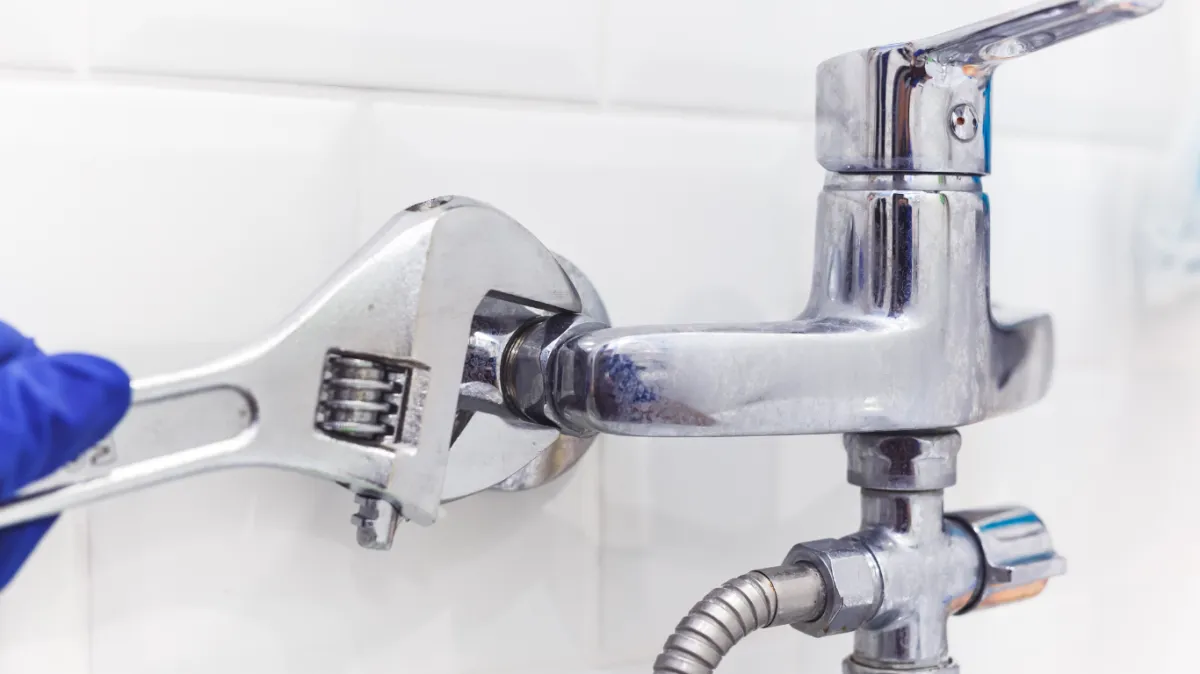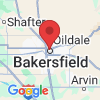
Rosedale Plumbing Journal
By The Plumbing Doc

May Flowers & Faucet Leaks – Tackling Common Spring Plumbing Problems
The Drip, Drip, Drip – Stop Wasting Water with Leaky Faucets
A small faucet leak may seem harmless, but a single drip per second can waste over 3,000 gallons of water per year! With rising water costs, fixing leaks early helps conserve resources and keep your utility bills in check.
Common Causes of Faucet Leaks:
🔹 Worn-Out Washers and O-Rings – Rubber seals inside faucets can crack or harden over time, leading to drips.
🔹 Loose Faucet Components – Handles, spouts, or valves that are slightly loose may allow water to seep out.
🔹 Corroded Valve Seats – Hard water buildup or corrosion can cause slow leaks near the spout.
🔹 High Water Pressure – Excess pressure can force water through small openings, worsening leaks.
How to Fix It:
✔ Check the Faucet Handles & Spout – Look for moisture buildup, rust, or mineral deposits.
✔ Inspect Under the Sink – Check supply lines and shutoff valves for leaks.
✔ Replace Worn Washers & Seals – If the leak persists, swap out old components.
✔ Test Water Pressure – A plumber can adjust excessive pressure that might be stressing your plumbing system.
🔧 Pro Tip: The Plumbing Doc specializes in faucet repairs and water conservation solutions to keep your plumbing efficient!
Clogged Drains? Give Your Plumbing a Spring Cleaning
Even in a dry climate, drain buildup can cause slow water flow, backups, and foul odors. Spring is a great time to flush out debris and keep drains flowing freely.
Why Do Drains Get Clogged?
🔹 Soap Scum & Hair – Bathroom drains often collect hair and residue that slow drainage.
🔹 Grease & Food Particles – Cooking grease and food scraps can solidify in kitchen drains, restricting water flow.
🔹 Yard Debris in Outdoor Drains – Dirt, leaves, and mud can clog yard and driveway drains, leading to standing water.
🔹 Mineral Deposits – Hard water can cause scale buildup inside pipes, narrowing the passageway.
How to Fix It:
✔ Flush Drains with Hot Water & Vinegar – Helps break down grease and residue naturally.
✔ Use Drain Strainers – Prevents hair, food scraps, and debris from clogging your pipes.
✔ Clear Outdoor Drains & Yard Areas – Remove mud and silt buildup to prevent slow drainage.
✔ Avoid Chemical Drain Cleaners – Harsh products can corrode pipes; hydro jetting is a safer, long-term solution.
✔ Schedule a Professional Drain Cleaning – The Plumbing Doc offers camera inspections and high-pressure flushing to remove stubborn blockages.
Pro Tip: If you’re noticing slow drains in multiple areas of your home, a professional inspection can catch hidden issues before they become major problems.
Water Heater Woes – Is Your System Ready for Summer?
As temperatures rise, your water heater needs to be in peak condition to handle daily demands. A neglected unit can result in higher energy bills, inconsistent water temperature, or system failure.
Why Do Water Heater Issues Occur?
🔹 Sediment Buildup – Hard water minerals settle at the bottom of the tank, reducing heating efficiency.
🔹 Rust & Corrosion – Over time, internal components wear out, leading to leaks or rust-colored water.
🔹 Temperature Fluctuations – A faulty thermostat or heating element can cause water to be too hot or too cold.
How to Fix It:
✔ Flush the Tank – Removes sediment and improves efficiency.
✔ Check for Rust or Leaks – Small leaks can lead to major failures if ignored.
✔ Inspect & Replace the Anode Rod – Protects the tank from corrosion.
✔ Set the Temperature to 120°F – Helps save energy while preventing overheating.
Pro Tip: If your water heater is over 10 years old, it may be time for a replacement. The Plumbing Doc offers expert repairs and energy-efficient upgrades.
Yard Drains Need a Spring Check-Up
Since our region doesn’t experience frequent rainfall, many homes don’t have gutters or downspouts. Instead, yard and area drains prevent water buildup after the occasional storm. However, these drains can become clogged with mud and debris, leading to water pooling in unwanted areas.
How to Maintain Yard & Area Drains:
✔ Clear Out Debris – Remove leaves, dirt, and silt that may have accumulated over time.
✔ Flush with a Hose – Running water through the drain ensures proper flow.
✔ Check for Standing Water – If puddles form after watering or rain, your drain may be clogged.
✔ Consider Hydro Jetting – If drains are slow or backed up, high-pressure water can clear out stubborn mud and sediment.
Pro Tip: Preventative maintenance can keep yard drains working efficiently year-round, reducing the risk of costly flooding.
Check Your Irrigation System for Leaks
With warmer weather, outdoor irrigation and sprinkler systems see increased use. A small leak can waste hundreds of gallons of water and increase your utility bill.
Signs of an Irrigation Leak:
🔹 Unexplained Puddles – Wet spots in the yard could indicate an underground leak.
🔹 Low Water Pressure – A cracked pipe or leaking sprinkler head may be reducing flow.
🔹 Uneven Watering – Some areas of your lawn may be overwatered while others remain dry.
How to Fix It:
✔ Check Sprinkler Heads – Replace broken or clogged nozzles.
✔ Look for Damp Soil – Inspect the ground around irrigation lines for leaks.
✔ Monitor Water Usage – A sudden spike in your bill may indicate an underground issue.
✔ Schedule a Professional Inspection – The Plumbing Doc can detect and repair leaks to keep your irrigation system efficient.
Pro Tip: Smart irrigation controllers can optimize watering schedules and help conserve water in our dry climate.
Schedule Your Spring Plumbing Inspection Today!
Spring is the perfect time to fix small leaks, clear drains, and prepare your plumbing system for warmer months.
👉 [https://theplumbingdoctorbakersfield.com/]

Schedule a Professional Inspection
Ready to schedule a professional inspection? Contact us today.

